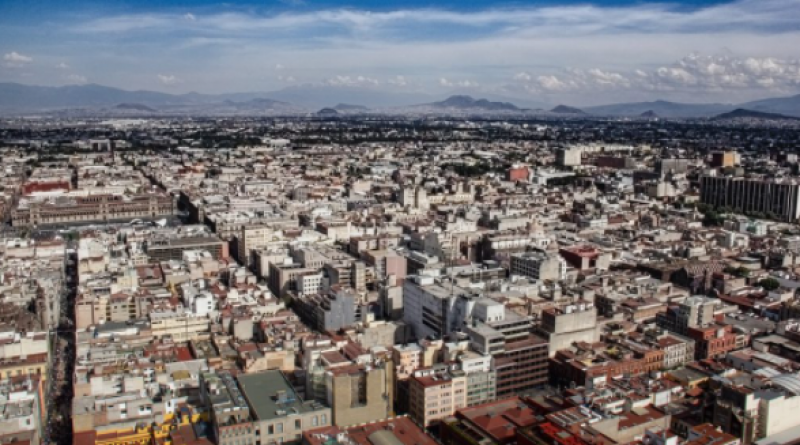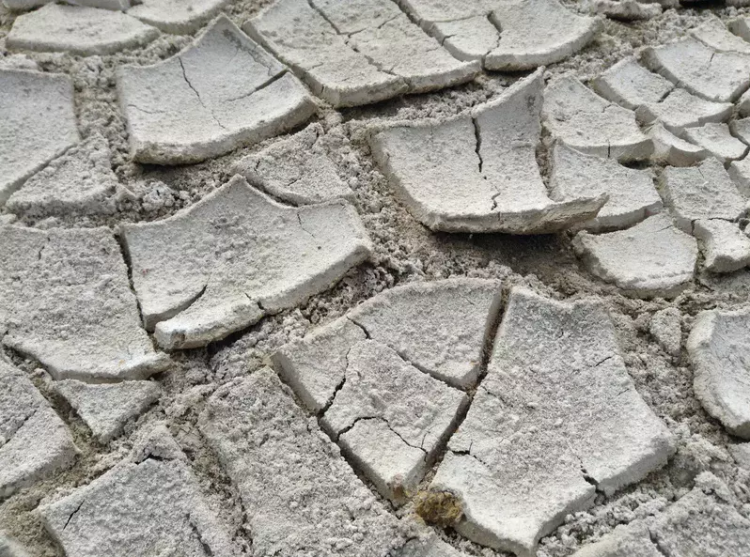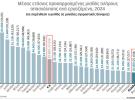Mexico City’s surprising crisis: the city is sinking.

When it's geology versus cities, the geology usually wins.
The city with a metropolitan population of over 20 million is sinking at a rate of almost 50 centimeters (20 inches) per year — and this isn’t stopping anytime soon.
If you’d take a timelapse view of some parts in Mexico City, you’d probably notice a lot of differences. Buildings, historic sites, and streets all seem to exhibit a growing number of cracks and fissures. Hidden from the surface eye, the same thing is happening to sewage, gas, and water lines in the city.
At first glance, you’d be inclined to attribute this to the strong earthquakes that sometimes strike Mexico City. But while earthquakes can cause their own damage, they’re not the main culprit here. Instead, it’s something much more inconspicuous: subsidence.
Subsidence is the geological process of ground sinking with no horizontal motion. It can happen quickly or slowly, and be natural or caused by human activity. It can be caused by things like mining or water extraction, or by voids or earthquakes. In Mexico City, subsidence is happening at a rate of 50 centimeters (20 inches) per year — and it’s not stopping.
It’s a pretty crazy rate, a city sinking by a person’s height every 3-4 years, but according to a new study led by Estelle Chaussard, a geoscientist at the University of Oregon, that’s exactly what’s happening. The researchers combined 24 years of space-based measurements and 115 years to show that large parts of the city are compacting at a steady rate.

Initially, this was thought to be caused by groundwater extraction. The vast majority of water we use comes from aquifers, subsurface bodies of water bounded by impermeable sediment and rock. Long-term, unsustainable extraction of aquifer water has been known to cause subsidence, and it was thought that this was the cause of subsidence in Mexico City.
Turns out, there’s more to the story.
“Many areas worldwide are known to experience land subsidence due to groundwater extraction. It is traditionally assumed that subsidence extent and rates are controlled by groundwater extraction locations and volumes. Here, we reevaluate this assumption in the Mexico City metropolitan area,” the researchers note in the study.
Subsidence in Mexico City doesn’t seem to reflect groundwater pumping rate. Instead, it seems to reflect the steady compacting of the ancient lake bed on which the city was built.

Mexico city was built on what was once Lake Texcoco, home of the Aztec city Tenochtitlán. Water usage in the area drove groundwater deeper and deeper, until the salty and clay-rich lake bed became dry. This lack of water left the loose mineral grains on the surface with a lot of room to compact — and that’s exactly what they’re doing. The rocks on the former lakebed are slowly compacting against each other, clumping together more tightly and causing subsidence.
It’s a process caused by the particular geology and evolution of the area on which the city is built. It’s also a process that’s not reversible: one the minerals are packed closer together, they won’t go back.
For Mexico City, this raises a host of long-term problems. Subsidence isn’t uniform in all parts of the city, so it can cause severe displacements or even fractures, damaging buildings and roads, as well as sewers and gas lines — potentially opening the way for contaminated water and maybe even worse issues.
The study “Over a Century of Sinking in Mexico City: No Hope for Significant Elevation and Storage Capacity Recovery” has been published in the Journal of Geophysical Research: Solid Earth.
May 2021
ZME





